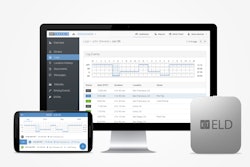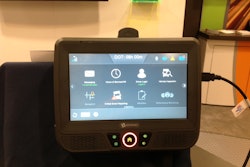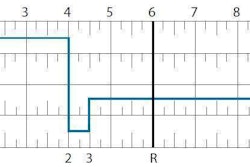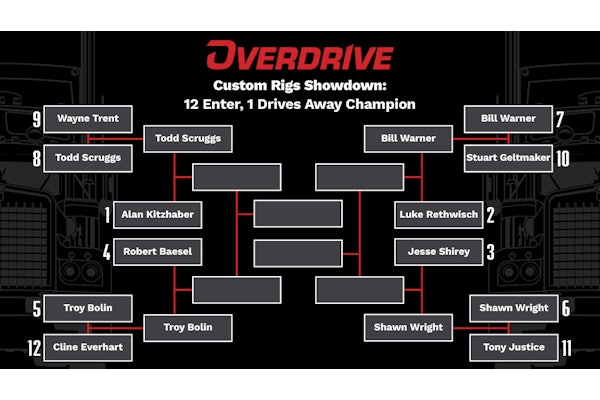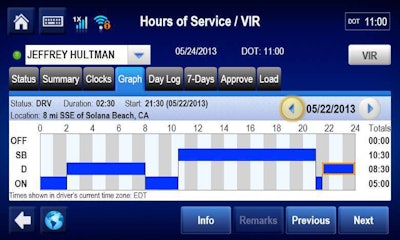
Compliant devices, per the rule, now must at minimum be equipped only with Bluetooth and a USB 2.0 port, meaning truckers won’t be strapped with paying for monthly subscription charges if they so choose.
But, says Tom Cuthbertson of ELD provider Omnitracs, if operators opt for a device that uses solely local connections like USB and Bluetooth, the device must be equipped with both Bluetooth connectivity and a USB 2.0 port, not one or the other.
The same applies to carriers/drivers who choose a telematics-equipped device: They must be able to transfer data via both a wireless web service and via email.
The reason is, as Cuthbertson told Overdrive and as the rule denotes, drivers must be able to show during roadside inspections both their current 24-hour records and records from the previous 7 days, but it’s up to each state to determine how its enforcers will receive that information from truck operators.
States will be required to receive data transfers via one local connection option and one telematics option, but they won’t be required to have the full suite of connectivity options, Cuthbertson said.

For instance, State A may decide its enforcers can receive data transfers via email and USB 2.0, meaning they won’t be able to receive data via wireless web service or Bluetooth connection.
State B, however, could outfit its enforcers with means for receiving transfers via email and Bluetooth. Or via wireless web transfer and USB 2.0.
In any instance, operators with compliant devices would be able to transfer their duty status records to an inspector, as compliant devices must offer both connectivity options in the category they choose — local or remote.
So, to the example above, if an owner-operator running a device that utilizes local connections hits State A and must transfer his records of duty status to an officer, he or she will make the transfer via USB 2.0.
When the same owner-operator hits State B, he’ll connect at roadside via a Bluetooth connection.
In both instances, however, safety officers dictate the transfer method, and compliant devices will allow for the transfer method they choose.
Further questions? Drop a note below and we’ll clarify.




